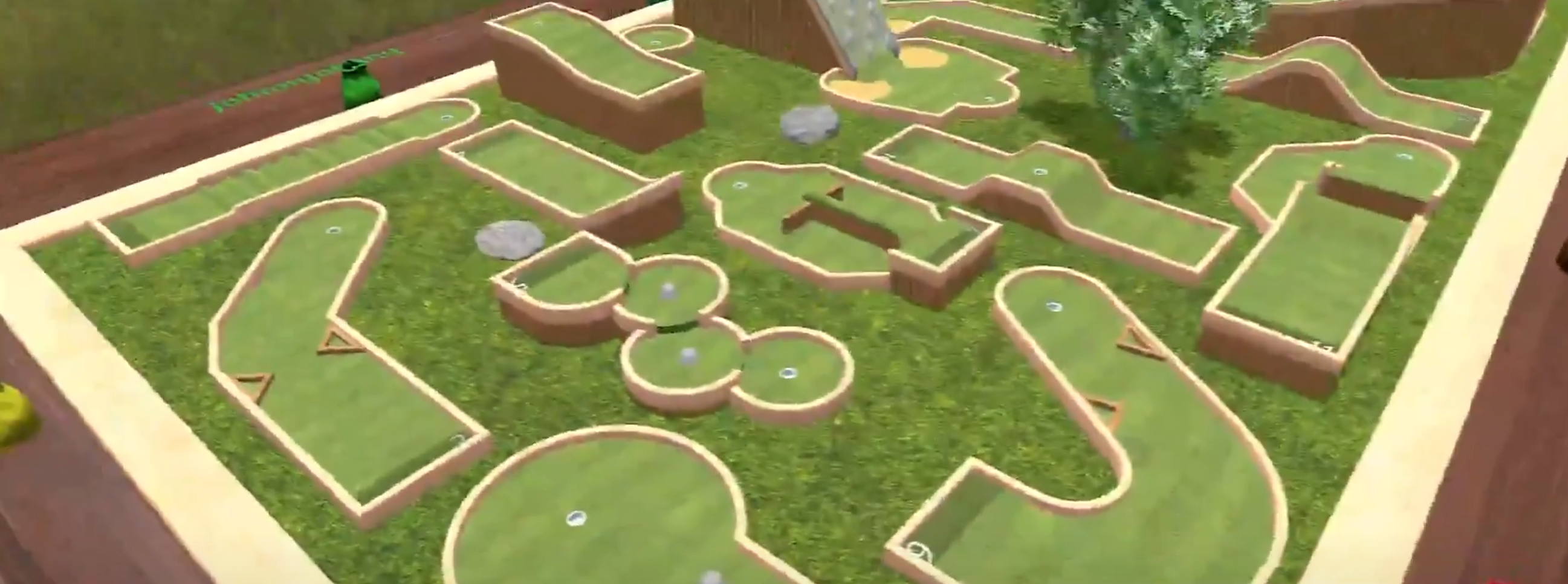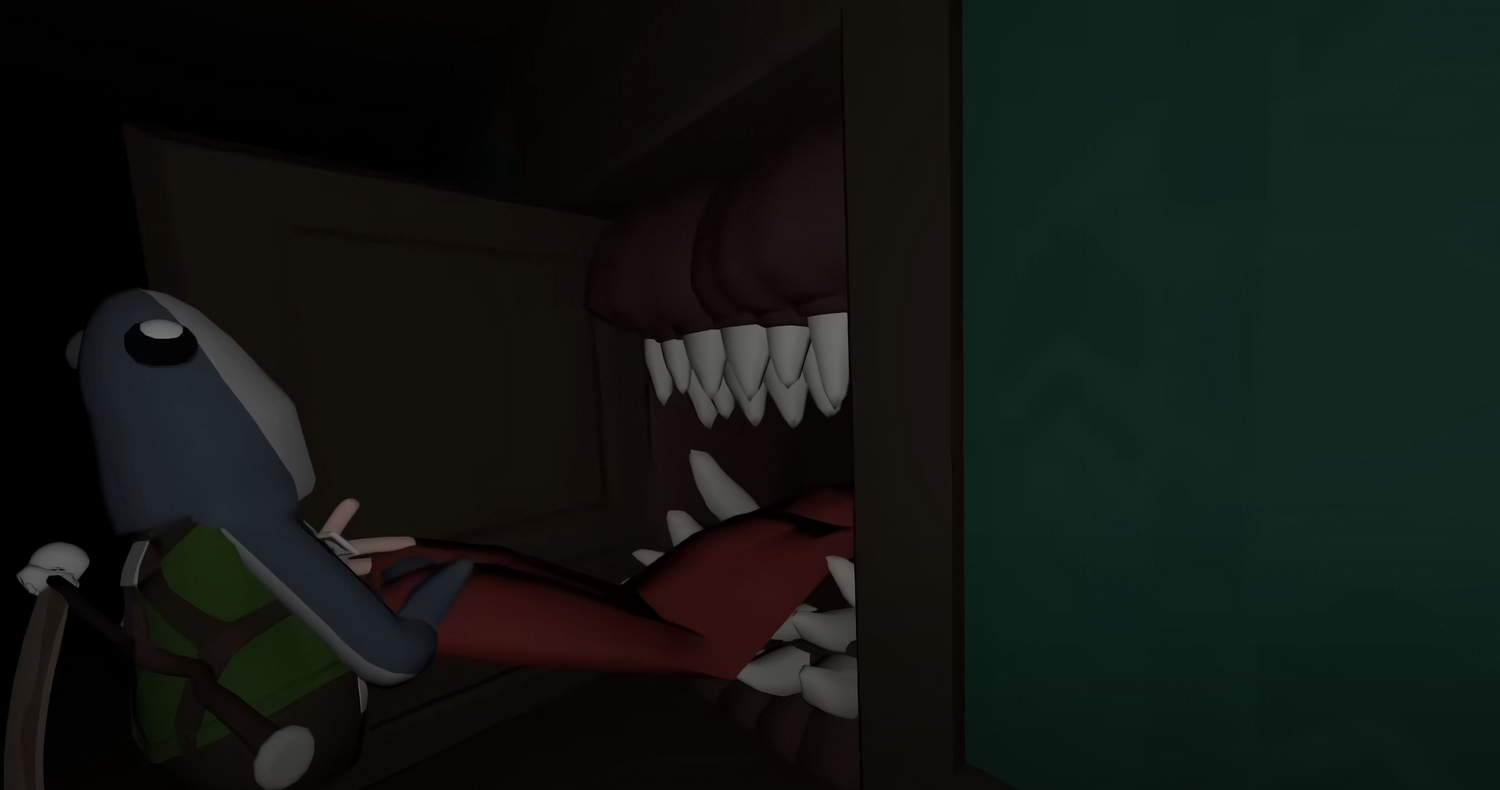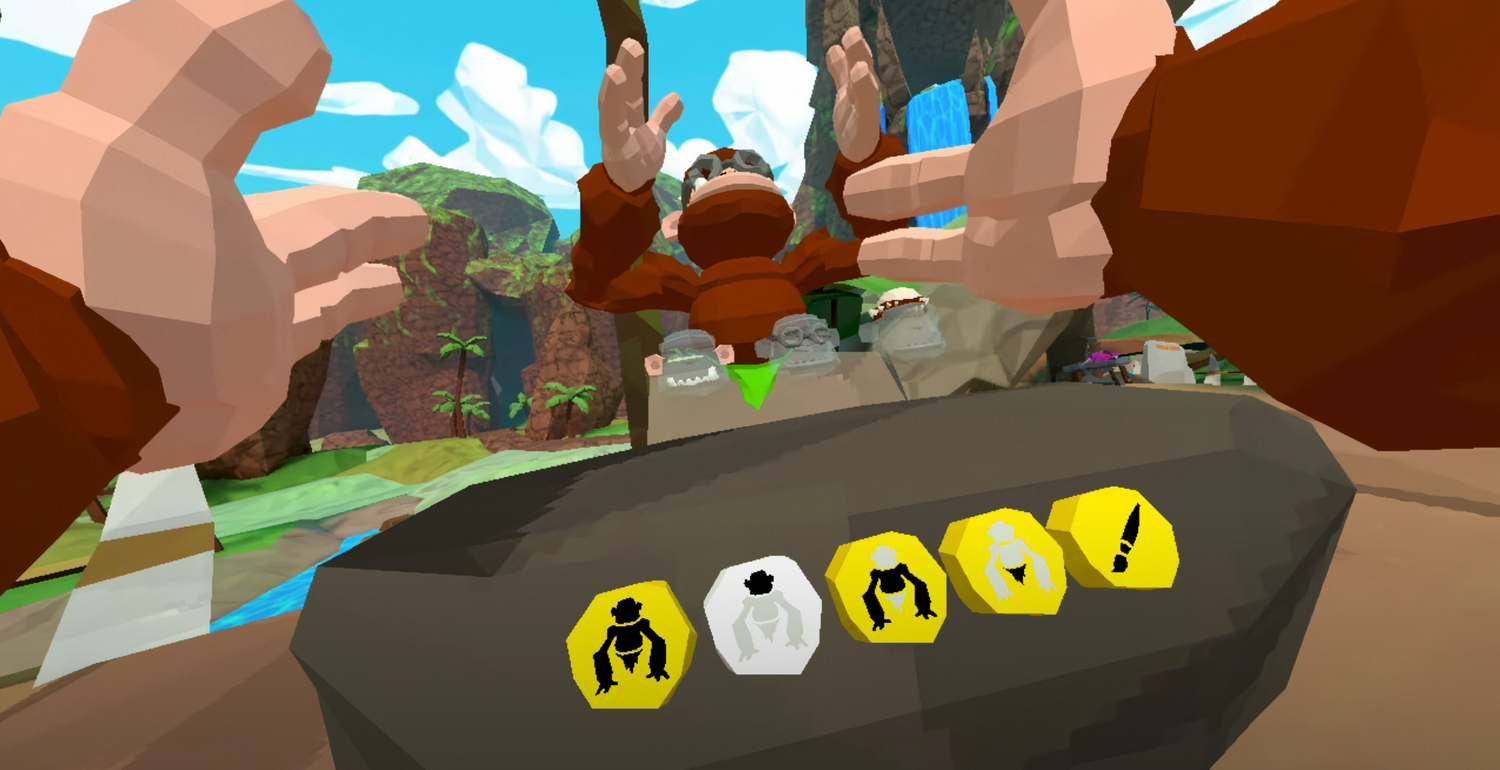Tested on Oculus Quest 2 with three popular games
The Main Problems in VR
Menus are hard to use: You need a laser pointer to pick tools (like "flick mode"), which slows you down.
Depth is tricky: Objects look smaller or bigger than they should. Closing one eye sometimes helps.
Physics feel odd: Flicking discs or rolling balls often misses the target. Things might fly off the table or clip through it.

How Three Games Performed
| Game | What Worked | Biggest Problem | Rating |
|---|---|---|---|
| Crocodile | The board looks nice in 3D. | Flicking discs failed 90% of the time. | ★☆☆☆☆ |
| Mini Golf | Moving under the table helps aim. | Judging slopes and angles is hard. | ★★★☆☆ |
| Cube Quest | Using both hands to throw cubes works well. | No auto-reset for fallen cubes. | ★★★★☆ |

Good Things About VR
Body language matters: You can see players' head turns and hand moves, making chat-heavy games (like social deduction) feel more real.
Move freely: Walk around the table or look under it (helpful in golf).
Change backgrounds: Play in a virtual forest or by a fireplace for fun.

Tips for Better Play
Avoid flicking games: Pick card games or strategy games instead.
Use shortcuts: Press "R" to roll objects automatically (if the game allows it).
Fix errors: Turn off controller warnings in settings to stop pop-up distractions.
Play fair: Don't clip through the table in competitive games.

Final Advice
Best for: Slow games, talking-heavy games, or casual fun.
Worst for: Fast action games like Crocodile.
Try this: Cube Quest - throwing with both hands feels great in VR.

VR Works Best With
Strategy games, social deduction games, and games where body language adds to the experience
Avoid in VR
Games requiring precise physical actions like flicking or quick movements
Top Recommendation
Cube Quest for its excellent use of VR's two-handed interaction





